Home>Maintenance & Safety>Child & Elderly Safety at Home>How Old For A Sippy Cup?
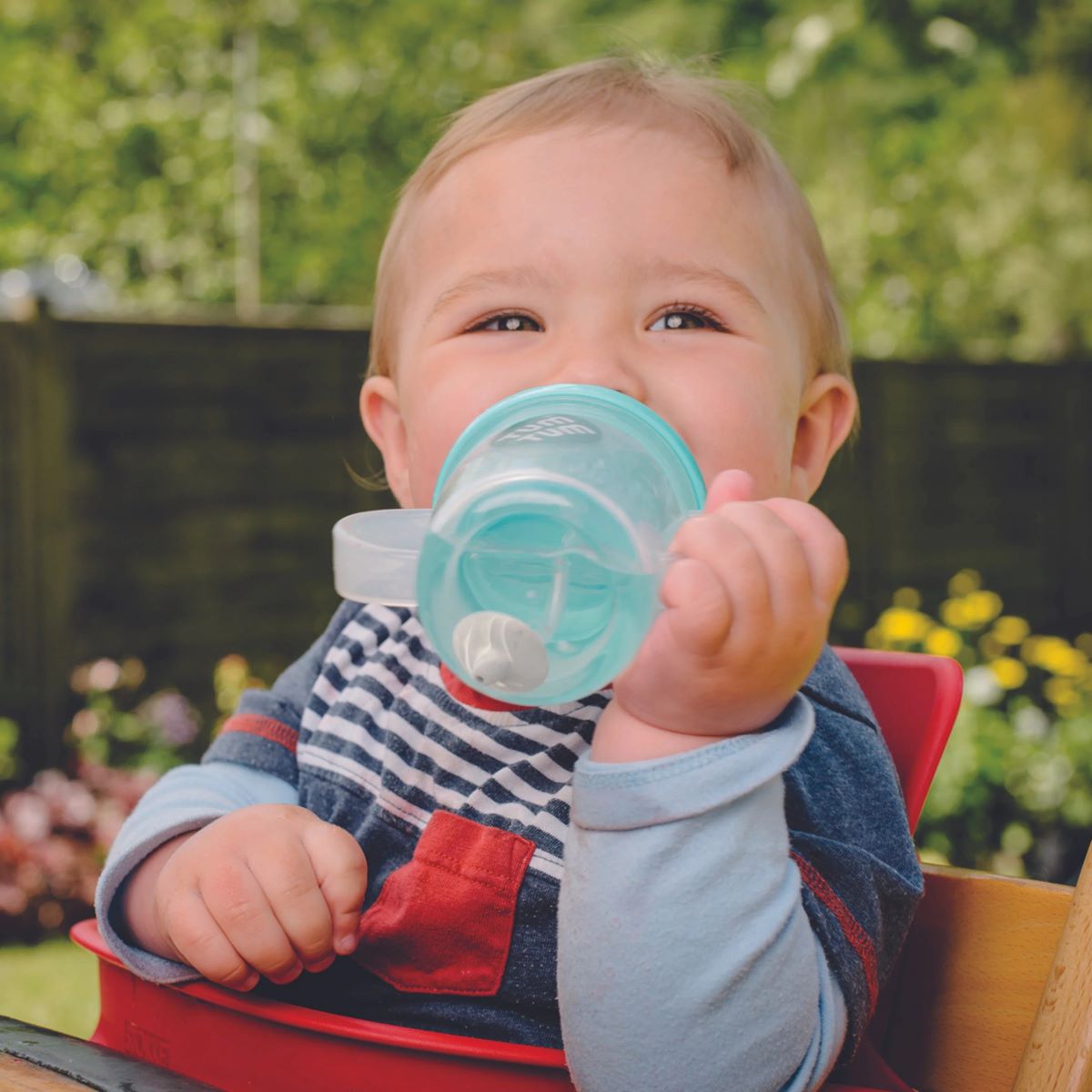

Child & Elderly Safety at Home
How Old For A Sippy Cup?
Modified: August 17, 2024
Ensure child and elderly safety at home by knowing the right age for a sippy cup. Learn about the best practices and tips for using sippy cups safely.
(Many of the links in this article redirect to a specific reviewed product. Your purchase of these products through affiliate links helps to generate commission for Storables.com, at no extra cost. Learn more)
Introduction
Welcome to the world of parenting, where every decision, no matter how small, holds significant importance. One such decision revolves around the use of sippy cups for children. As a parent or caregiver, ensuring the safety and well-being of your little ones is a top priority. This includes understanding the appropriate age for introducing a sippy cup, selecting the right type, and knowing when to transition away from it.
In this comprehensive guide, we will delve into the world of sippy cups, exploring the benefits they offer, the ideal age for their introduction, and the factors to consider when choosing the perfect sippy cup for your child. Additionally, we will discuss the transition process as your child grows, ensuring a smooth shift away from reliance on a sippy cup.
Understanding the nuances of sippy cup usage is essential for creating a safe and nurturing environment for your child. By the end of this guide, you will have gained valuable insights into the world of sippy cups, empowering you to make informed decisions that prioritize your child's safety and well-being. So, let's embark on this enlightening journey together, ensuring that every sip your child takes is not only nourishing but also safe and secure.
Key Takeaways:
- Sippy cups help kids stay hydrated, prevent spills, and promote independence. Introduce them around 6-9 months, and choose a safe, leak-proof, and age-appropriate cup for your child’s needs.
- Transitioning from sippy cups to open cups is a gradual process. Encourage controlled sipping, model open cup drinking, and celebrate milestones to help kids embrace independence in their drinking habits.
Read more: What Is A Sippy Cup?
Benefits of Using a Sippy Cup
Introducing a sippy cup to your child's daily routine can yield a myriad of benefits, catering to both their safety and development. Let's explore the advantages that sippy cups offer:
1. Spill Prevention
Sippy cups are designed with spill-resistant features, reducing the likelihood of messy accidents. This not only minimizes the need for constant clean-ups but also fosters a sense of independence in children as they can handle the cup with minimal assistance.
2. Transition from Bottle to Cup
Sippy cups serve as a transitional tool, aiding children in the shift from bottle-feeding to drinking from an open cup. This gradual progression helps them develop the motor skills required for sipping and swallowing, preparing them for the eventual transition to regular cups.
3. Hydration Promotion
Encouraging adequate hydration is crucial for a child's well-being. Sippy cups provide a convenient and spill-resistant means for children to consume water or other beverages, ensuring they stay adequately hydrated throughout the day.
4. Dental Health
Sippy cups with appropriate spout designs can promote healthy oral development by reducing the risk of liquid pooling around the teeth. This can help mitigate the potential for dental issues, such as tooth decay, commonly associated with prolonged bottle use.
5. On-the-Go Convenience
Whether at home or on outings, sippy cups offer a portable and secure option for children to enjoy their drinks. This convenience allows parents and caregivers to provide beverages without the concern of spills, making it an ideal choice for active lifestyles.
6. Independence Building
By offering a sippy cup, children can gradually learn to self-feed and self-hydrate, fostering a sense of independence and accomplishment. This empowerment contributes to their overall development and confidence as they master new skills.
Incorporating sippy cups into your child's routine can thus yield a range of benefits, encompassing safety, development, and convenience. Understanding these advantages can aid in making informed decisions regarding the use of sippy cups, ensuring that they serve as a valuable tool in your child's growth and well-being.
When to Introduce a Sippy Cup
Introducing a sippy cup into your child's routine is a significant milestone that requires thoughtful consideration. The timing of this introduction plays a crucial role in ensuring a smooth transition from bottle or breast to a more independent mode of hydration. While there is no one-size-fits-all answer to the ideal age for sippy cup introduction, several developmental cues can guide parents and caregivers in making this decision.
Read more: How To Use A Nuby Sippy Cup
Developmental Readiness
The readiness of a child to begin using a sippy cup is closely linked to their developmental milestones. Typically, most children are ready to start using a sippy cup between the ages of 6 to 9 months. At this stage, they have developed the motor skills necessary to hold and maneuver the cup, albeit with some assistance. As they approach their first birthday, many children have refined their motor skills further, making them more adept at handling a sippy cup independently.
Transition from Bottle or Breast
The decision to introduce a sippy cup is often intertwined with the transition from bottle or breast to other forms of feeding. As children grow, it becomes essential to gradually reduce their reliance on bottles or breastfeeding. Introducing a sippy cup at the appropriate time can facilitate this transition, allowing children to explore new ways of consuming liquids while maintaining a sense of familiarity and comfort.
Observing Interest and Readiness
Parents and caregivers can gauge a child's readiness for a sippy cup by observing their interest in holding and drinking from a cup. Expressing curiosity about adult cups, attempting to hold and tip a cup, or showing eagerness to mimic the actions of older siblings or adults are all indicative of a child's growing readiness for a sippy cup.
Individual Variations
It's important to recognize that each child develops at their own pace. While some children may seamlessly adapt to a sippy cup at an early age, others may require more time and encouragement. Being attuned to your child's unique developmental timeline and cues is crucial in determining the most suitable moment for introducing a sippy cup into their routine.
Read more: How To Teach A Baby To Use A Sippy Cup
Gradual Transition
Regardless of the specific age at which a sippy cup is introduced, it's essential to approach this transition gradually and patiently. Offering the sippy cup during meal times or when your child is relaxed and receptive can help them acclimate to this new experience in a positive manner.
By considering these developmental cues and individual variations, parents and caregivers can make an informed decision regarding the introduction of a sippy cup, ensuring that it aligns with their child's readiness and developmental stage. This thoughtful approach sets the stage for a successful and seamless integration of the sippy cup into the child's daily routine.
Choosing the Right Sippy Cup
Selecting the right sippy cup for your child involves considering various factors to ensure their safety, comfort, and overall well-being. With a multitude of options available in the market, it's essential to make an informed choice that aligns with your child's developmental stage and individual needs. Here are key considerations to guide you in choosing the perfect sippy cup:
1. Material and Safety
Opt for sippy cups made from safe and durable materials, such as BPA-free plastic, silicone, or stainless steel. These materials are non-toxic and pose minimal risk of leaching harmful chemicals into the beverages. Additionally, ensure that the cup is free from sharp edges or small parts that could pose a choking hazard.
2. Spout Design
The spout of the sippy cup plays a crucial role in promoting healthy oral development. Look for cups with soft, silicone spouts that are gentle on your child's gums and emerging teeth. A spout with a shape resembling a regular cup rim can aid in the transition to open cups while minimizing potential dental issues.
3. Leak-Proof Features
Choose a sippy cup with effective leak-proof features to minimize spills and mess. Cups with built-in valves or silicone seals help control the flow of liquid, allowing children to sip without excessive spills while maintaining a secure seal when not in use.
4. Size and Weight
Consider the size and weight of the sippy cup, ensuring it is proportionate to your child's grasp and maneuverability. Lightweight cups with ergonomic handles are easier for little hands to hold and control, fostering independence and confidence during use.
5. Ease of Cleaning
Opt for sippy cups with simple designs that are easy to disassemble and clean thoroughly. Cups with removable valves and minimal crevices reduce the risk of residual liquid or mold buildup, promoting hygienic usage.
6. Age-Appropriate Features
Select a sippy cup that aligns with your child's age and developmental stage. For younger children, spill-resistant, two-handled cups may offer better stability, while older children may benefit from cups resembling regular drinkware to support their transition to open cups.
Read more: Which Sippy Cup Is Best For Teeth?
7. Personal Preferences
Consider your child's preferences and tendencies. Some children may prefer straw-style spouts over traditional spouts, while others may favor vibrant colors or character-themed designs that capture their interest and make the sippy cup an appealing accessory.
By considering these factors, you can make an informed decision when choosing a sippy cup that best suits your child's needs and supports their safe and enjoyable hydration experience. Prioritizing safety, functionality, and developmental alignment ensures that the selected sippy cup becomes a valuable and nurturing addition to your child's daily routine.
Transitioning Away from a Sippy Cup
As children grow and their motor skills and coordination continue to develop, the time eventually comes to transition away from reliance on a sippy cup. This phase marks another significant milestone in their journey towards independent drinking and self-sufficiency. The transition away from a sippy cup involves thoughtful steps and considerations to ensure a seamless shift while maintaining the safety and comfort of the child.
Gradual Introduction of Open Cups
Introducing open cups to children as they outgrow their reliance on sippy cups is a pivotal step in the transition process. Initially, offering small amounts of liquid in an open cup during supervised mealtimes allows children to familiarize themselves with the new drinking method. While spills may occur initially, this gradual exposure helps children adapt to the dynamics of drinking from an open cup.
Encouraging Controlled Sipping
As children become accustomed to open cups, encouraging controlled sipping aids in refining their drinking technique. Emphasizing the importance of gentle sips and holding the cup steadily fosters the development of coordination and fine motor skills. This guidance helps children gain confidence in managing the open cup, gradually reducing the need for spill-resistant features.
Read more: When To Start Straw Sippy Cup
Modeling and Encouragement
Modeling the behavior of drinking from open cups and expressing enthusiasm and encouragement can significantly influence children's willingness to embrace this transition. Children often emulate the actions of adults and older siblings, making positive reinforcement and praise effective tools in instilling confidence and motivation during the shift away from sippy cups.
Timing and Patience
Recognizing that each child progresses at their own pace is crucial during the transition process. Some children may readily embrace open cups, while others may require more time and support. Patience and understanding play vital roles in allowing children to adjust to this change comfortably, ensuring that the transition is a positive and empowering experience.
Phasing Out Sippy Cups
Gradually reducing the frequency of sippy cup usage, particularly outside of meal times, can aid in the transition process. Emphasizing the use of open cups for water or beverages during snack times and gradually extending this practice to other occasions helps children acclimate to the new norm. This phased approach allows for a smooth and natural progression away from sippy cups.
Celebrating Milestones
Acknowledging and celebrating the milestones achieved during the transition away from sippy cups can boost children's confidence and sense of accomplishment. Recognizing their progress and expressing pride in their ability to drink from open cups reinforces their newfound skills and encourages further independence in their drinking habits.
By embracing these strategies and approaches, parents and caregivers can facilitate a successful transition away from sippy cups, empowering children to embrace open cups confidently and independently. This pivotal shift marks a significant step in their developmental journey, fostering self-sufficiency and nurturing their growing capabilities.
Frequently Asked Questions about How Old For A Sippy Cup?
Was this page helpful?
At Storables.com, we guarantee accurate and reliable information. Our content, validated by Expert Board Contributors, is crafted following stringent Editorial Policies. We're committed to providing you with well-researched, expert-backed insights for all your informational needs.
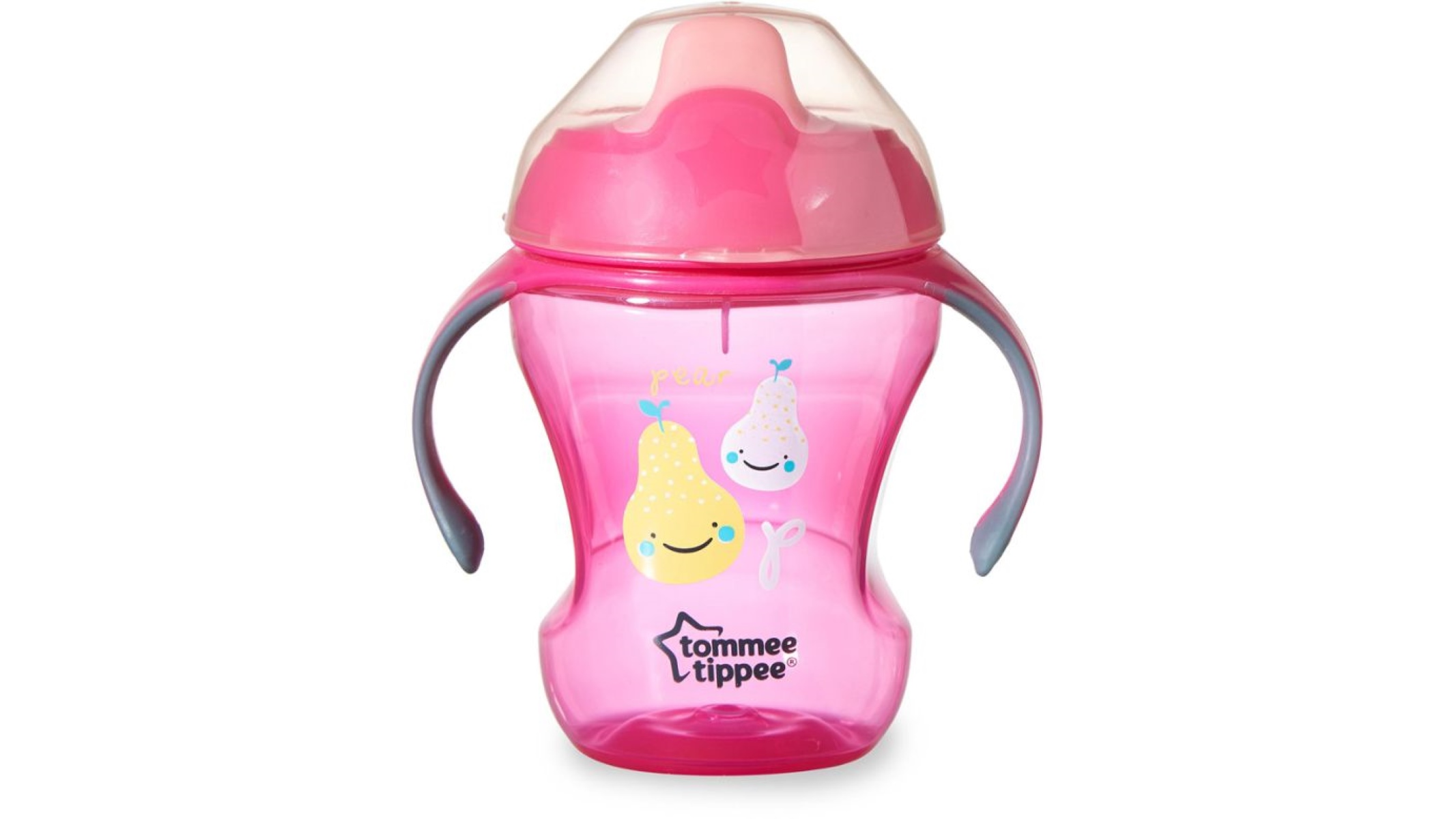
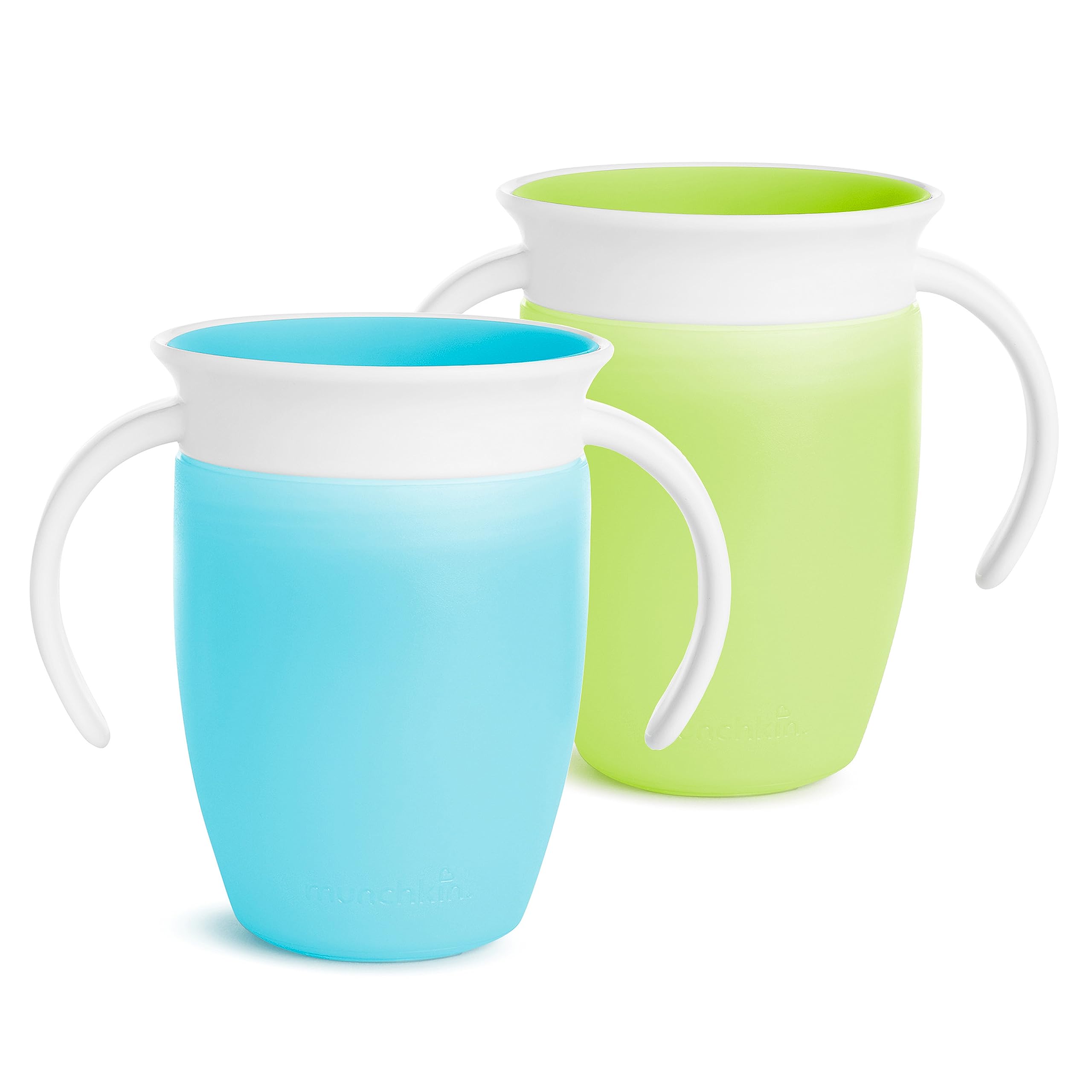
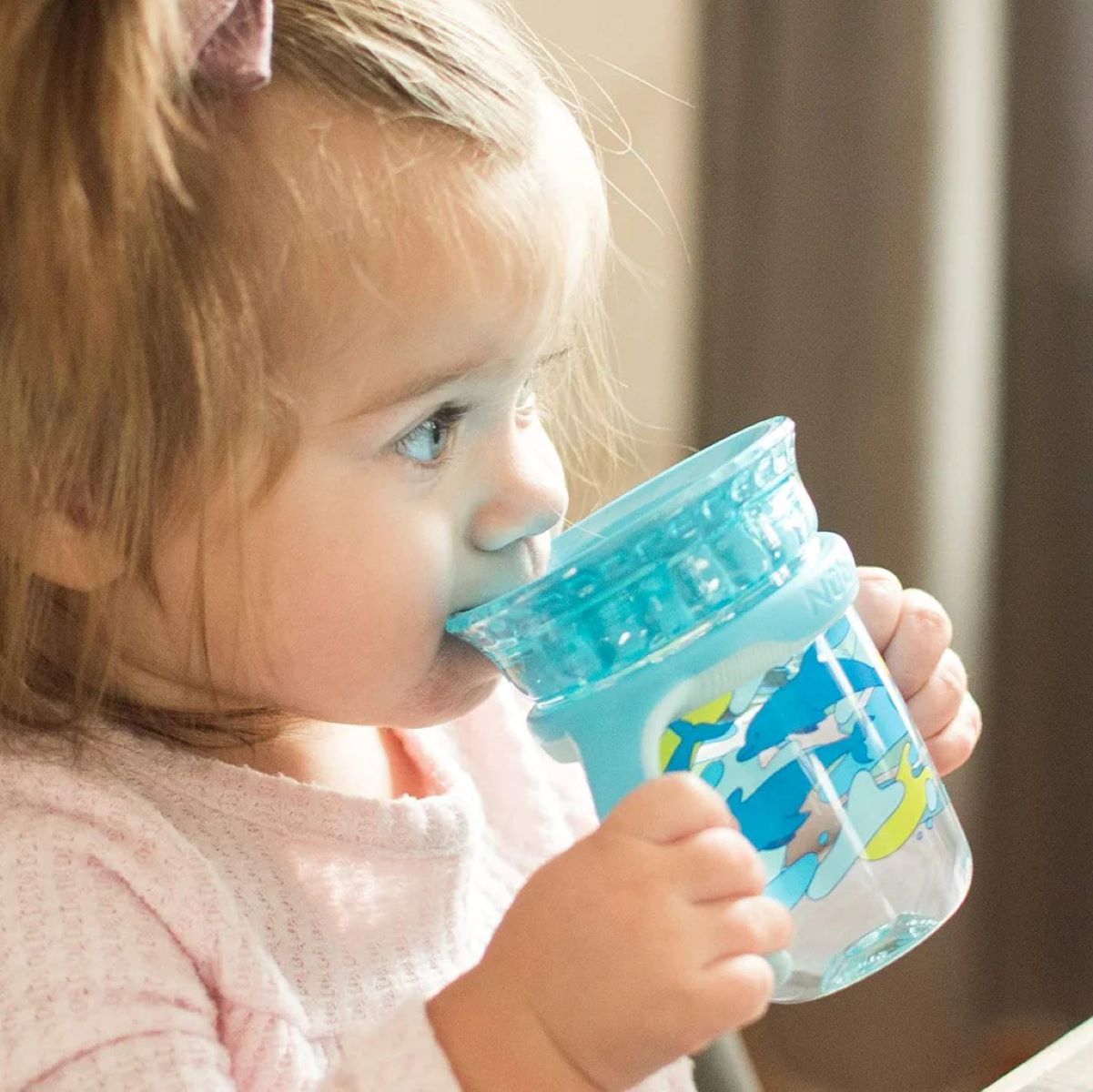
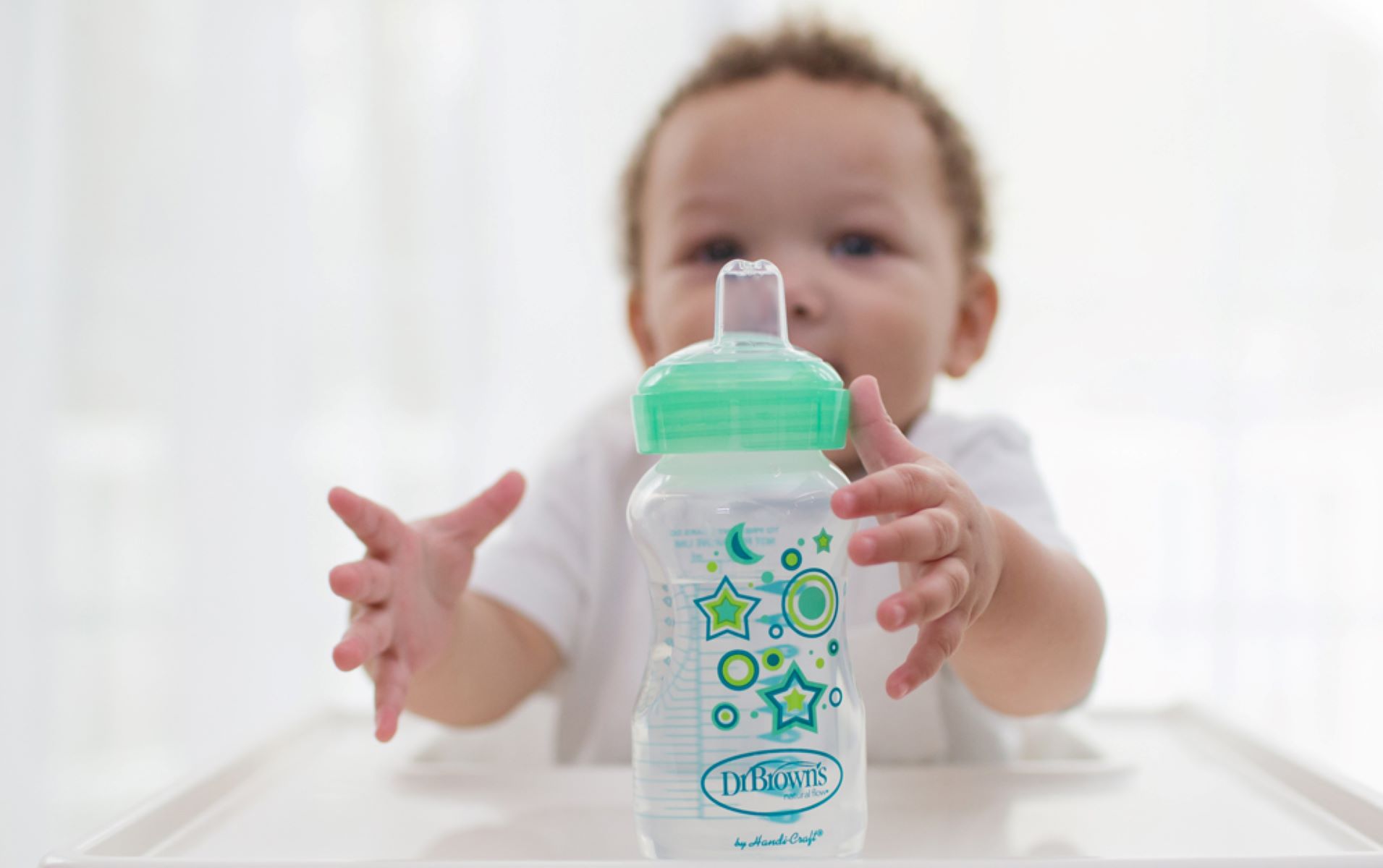
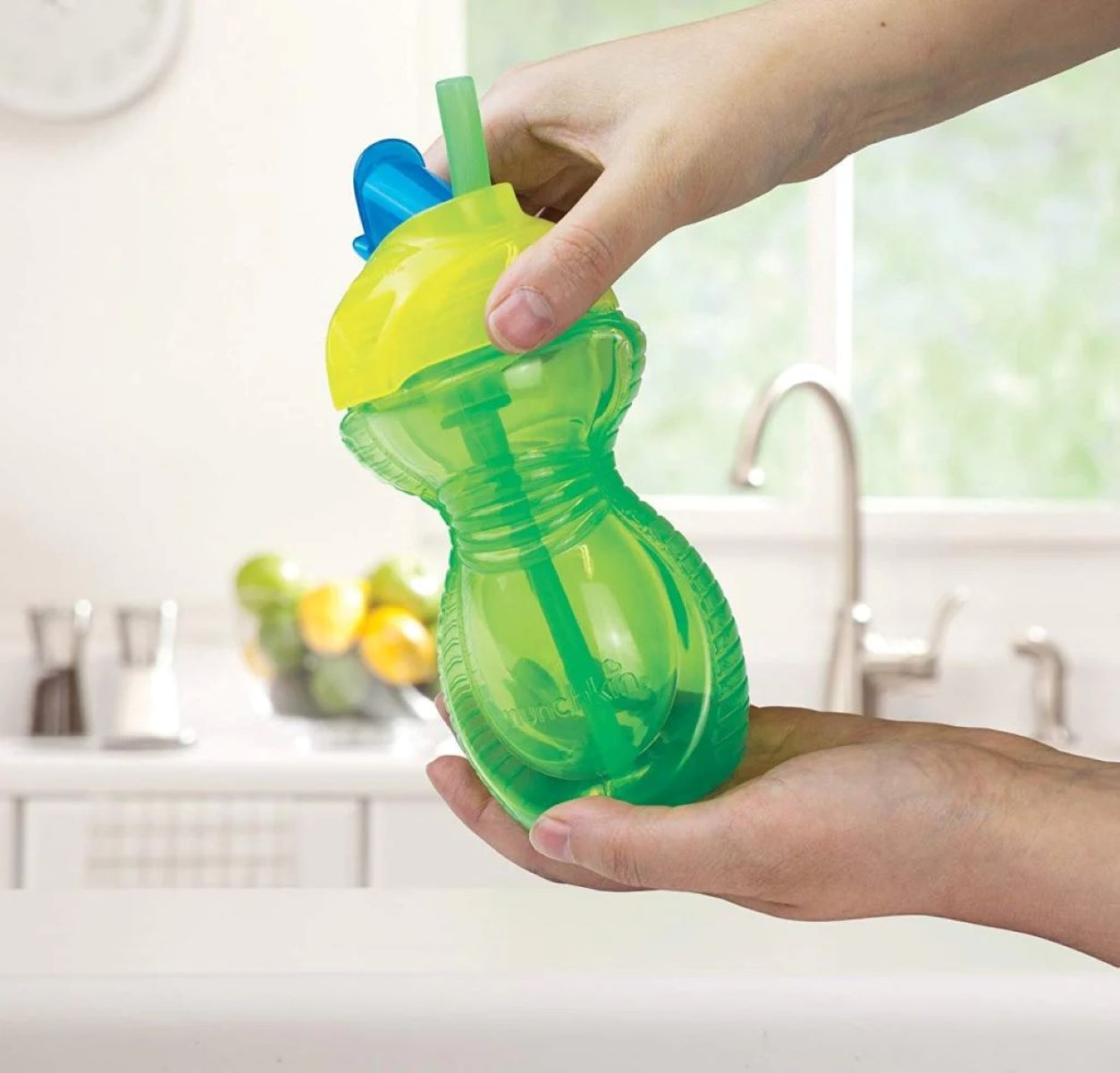
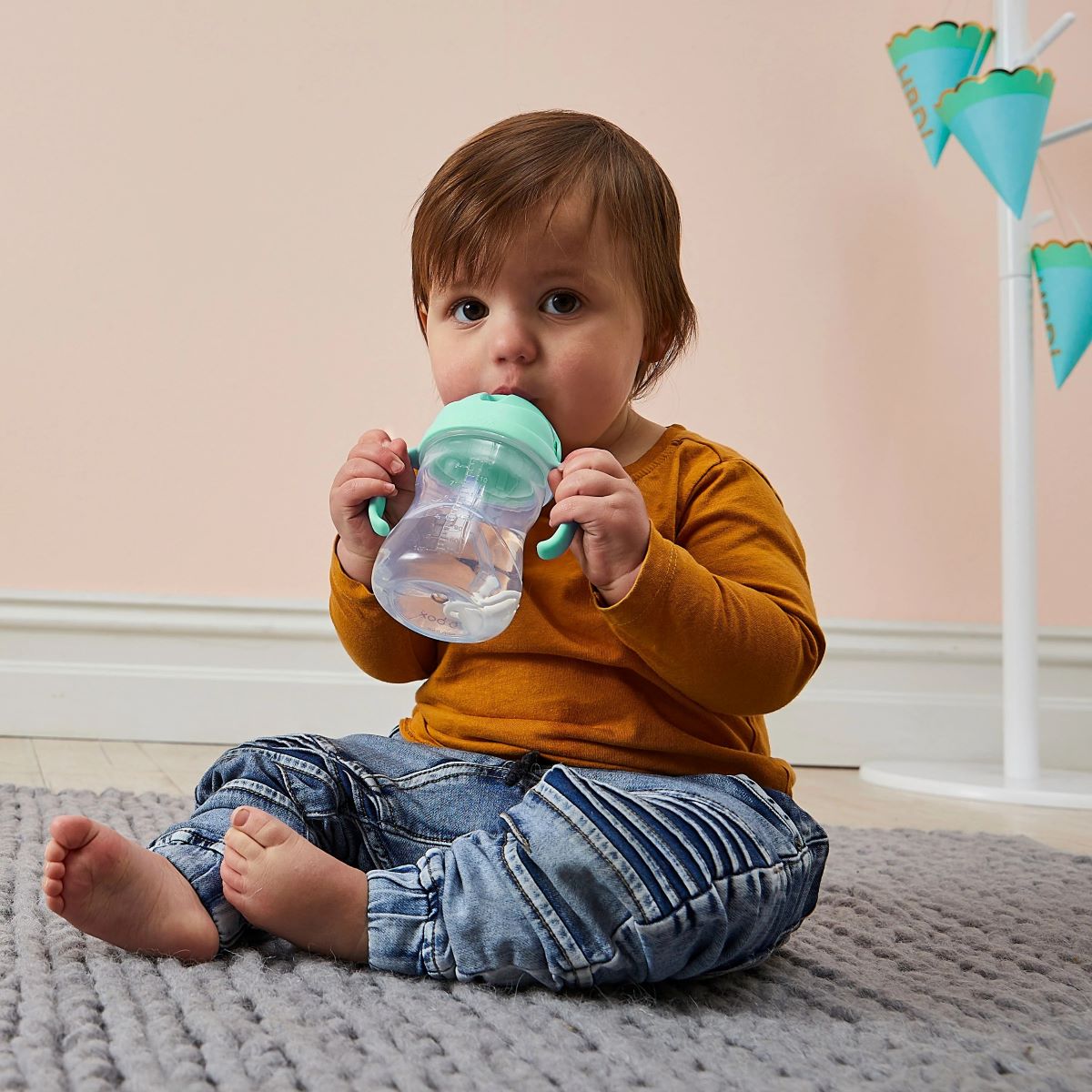
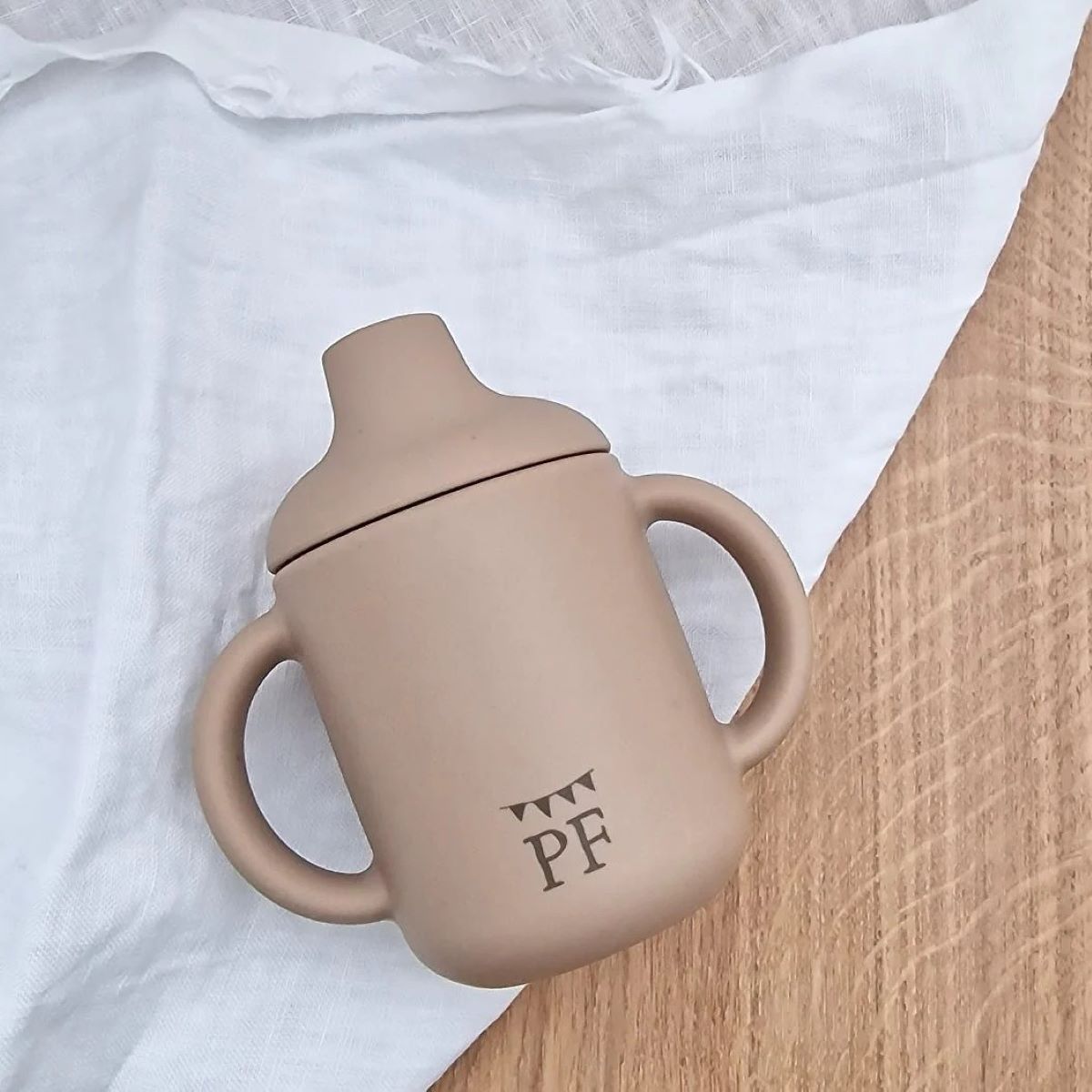
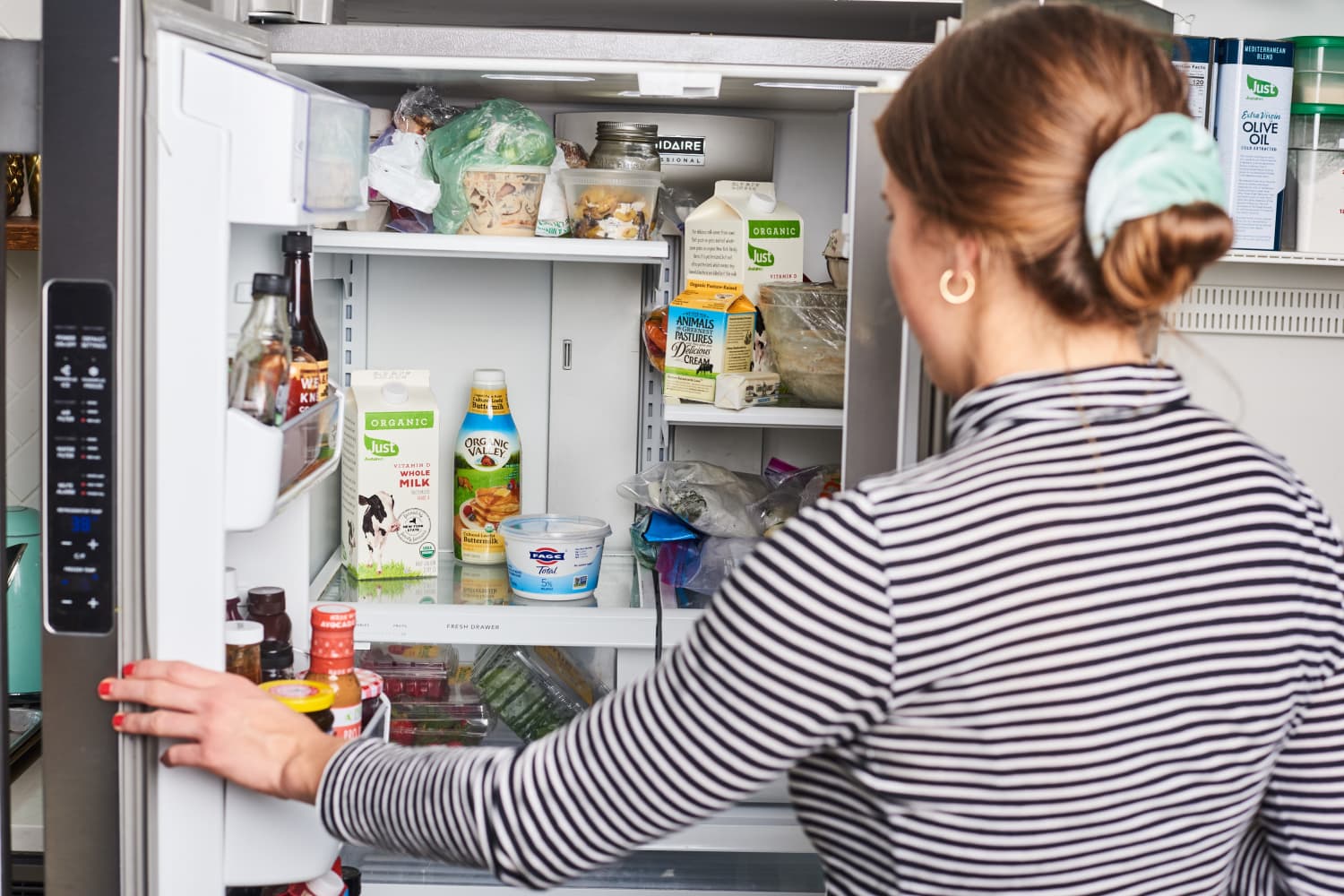
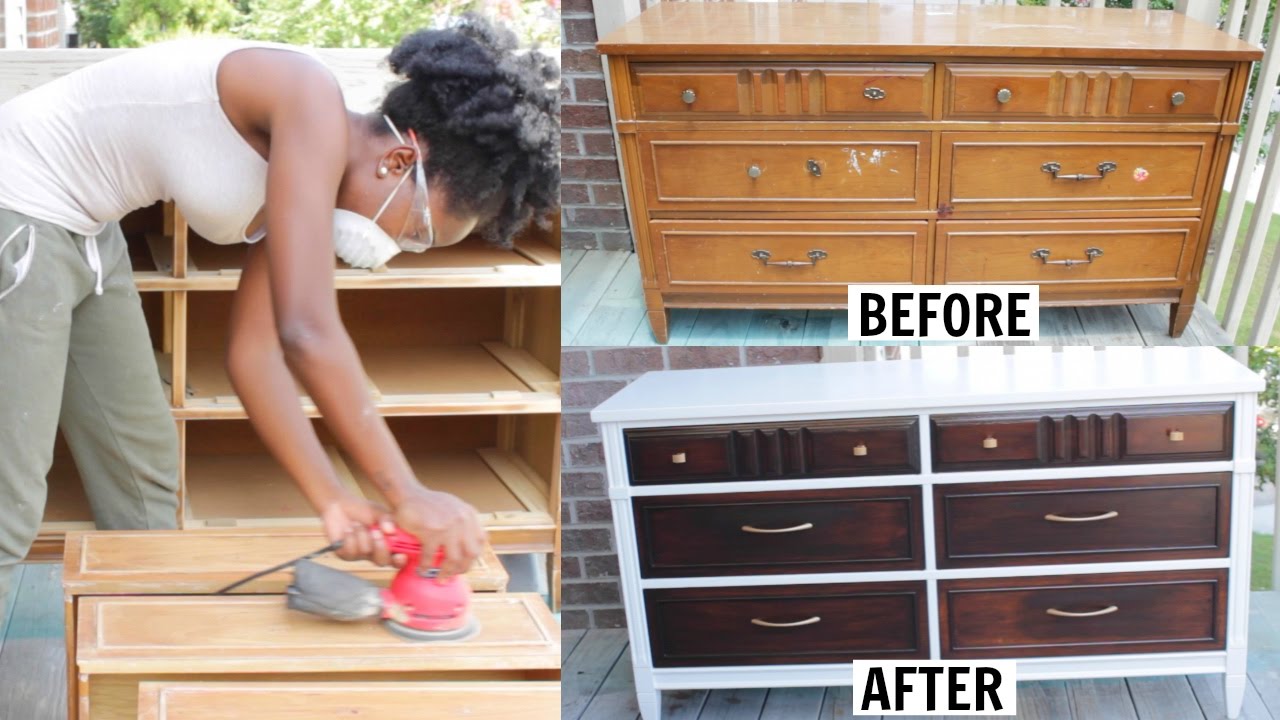

0 thoughts on “How Old For A Sippy Cup?”